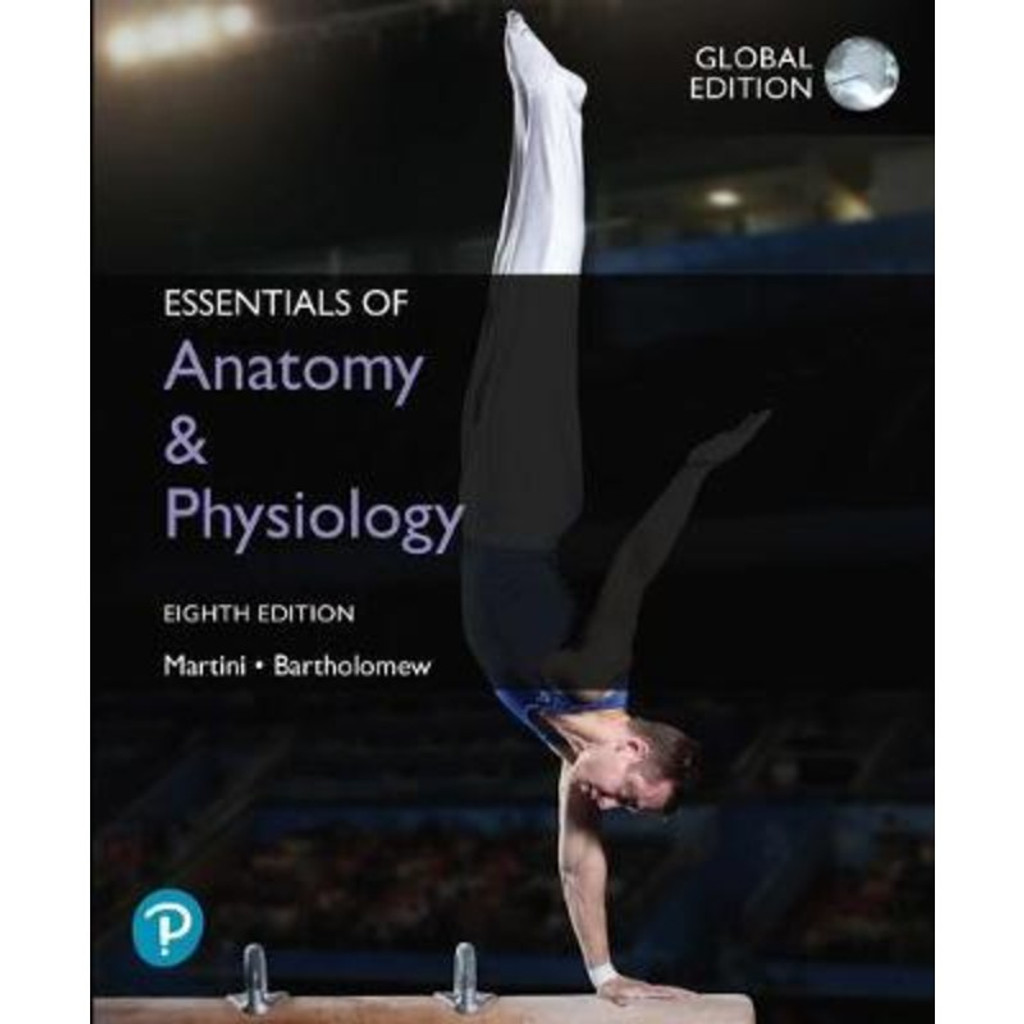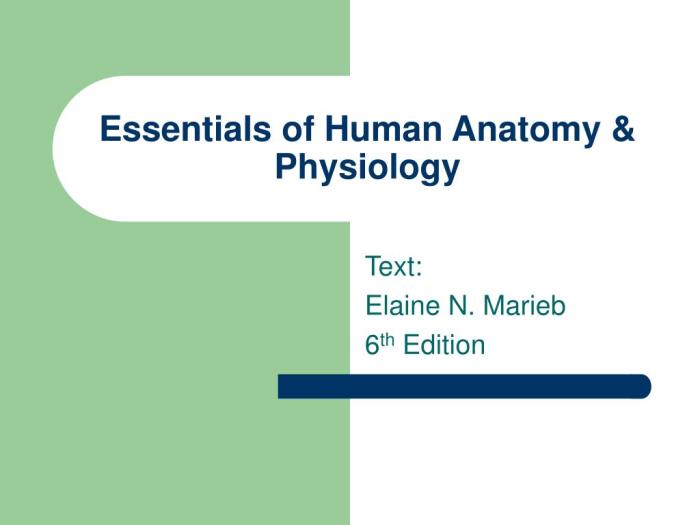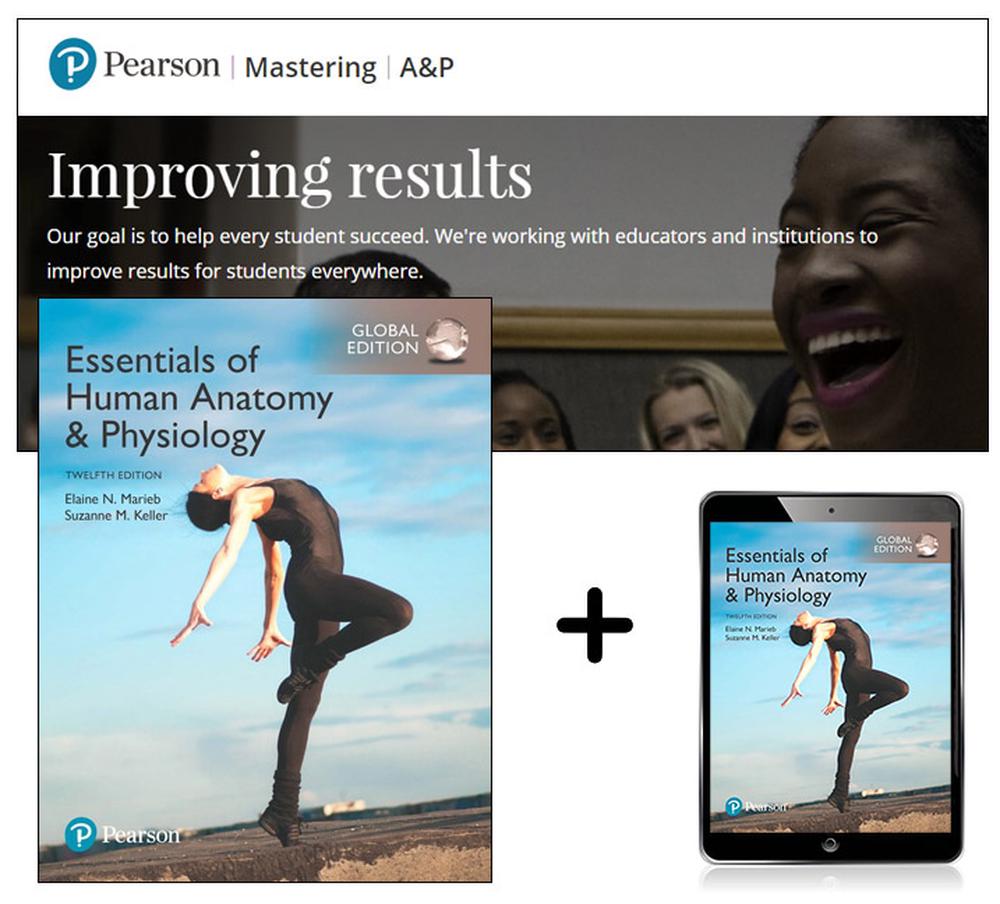Essentials of human anatomy and physiology 8th edition – Essentials of Human Anatomy and Physiology, 8th Edition, embarks on a captivating journey into the intricate workings of the human body. This comprehensive guide unveils the harmonious interplay between structure and function, providing an unparalleled understanding of our physical existence.
From the skeletal system’s intricate framework to the intricate network of the nervous system, this edition delves into the depths of human physiology. It illuminates the intricate mechanisms that govern our movements, regulate our hormones, and facilitate communication within the body.
Overview of Human Anatomy and Physiology

Human anatomy and physiology are the study of the structure and function of the human body. Anatomy focuses on the physical structure of the body, while physiology focuses on how the body functions. Together, these disciplines provide a comprehensive understanding of the human body and how it works.
The study of human anatomy and physiology is important for several reasons. First, it provides a foundation for understanding human health and disease. By understanding how the body works, we can better understand how to prevent and treat diseases. Second, human anatomy and physiology can help us to understand ourselves better.
By learning about the different parts of our body and how they function, we can gain a greater appreciation for the complexity and wonder of the human body.
The Skeletal System

The skeletal system is the framework of the human body. It provides support, protection, and movement. The skeletal system is composed of bones, joints, and muscles.
Bones
- Bones are hard, white tissues that make up the skeleton.
- Bones provide support and protection for the body.
- Bones also store minerals and produce blood cells.
Joints
- Joints are the points where two or more bones meet.
- Joints allow for movement of the body.
- There are many different types of joints, each with its own unique function.
Muscles, Essentials of human anatomy and physiology 8th edition
- Muscles are soft tissues that attach to bones and allow for movement.
- Muscles are controlled by the nervous system.
- There are three types of muscles: skeletal muscles, smooth muscles, and cardiac muscles.
The Muscular System: Essentials Of Human Anatomy And Physiology 8th Edition

The muscular system is the group of muscles that work together to produce movement. The muscular system is composed of skeletal muscles, smooth muscles, and cardiac muscles.
Skeletal Muscles
- Skeletal muscles are attached to bones and allow for voluntary movement.
- Skeletal muscles are controlled by the nervous system.
- Skeletal muscles are the most common type of muscle in the body.
Smooth Muscles
- Smooth muscles are found in the walls of organs and blood vessels.
- Smooth muscles are controlled by the autonomic nervous system.
- Smooth muscles are responsible for involuntary movements, such as digestion and blood flow.
Cardiac Muscles
- Cardiac muscles are found in the heart.
- Cardiac muscles are controlled by the autonomic nervous system.
- Cardiac muscles are responsible for the pumping action of the heart.
FAQ Corner
What are the key features of Essentials of Human Anatomy and Physiology, 8th Edition?
This edition offers updated content, interactive learning tools, and a user-friendly design that enhances comprehension and retention.
How is the book structured?
The book is organized into 10 chapters, each covering a major body system, providing a systematic and comprehensive approach to human anatomy and physiology.
What are the benefits of using Essentials of Human Anatomy and Physiology, 8th Edition?
This book provides a strong foundation for understanding the human body, prepares students for healthcare professions, and fosters an appreciation for the complexity and wonder of human physiology.